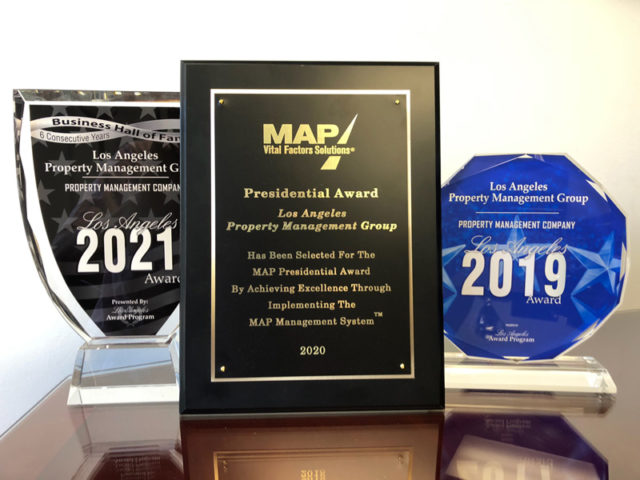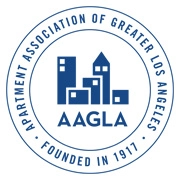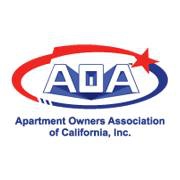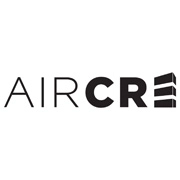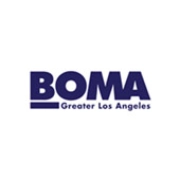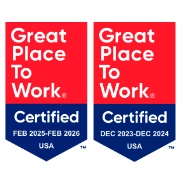The agreement has been signed, and you have the giddy euphoria of a profitable landlord in Burbank. Congratulations on securing your first tenant! Now, let’s get down to the business of being a landlord of a rental property. Beside documentation, tax calculation, and managing income, you also need to keep an eye on your property (no, we don’t mean camping outside!). You can do this by conducting routine rental property inspections. Before you dive into it, let’s learn all about it from the pro, so that you can learn how to carry out a rental property inspection like a pro.
Know Your Rights
If nobody has told you about it, let us enlighten you about the California state law for rental property inspection: it’s pathetic to say the least. Generally, as a landlord you have limited rights to:
- Visit your property for maintenance and repairs;
- Carry out inspection when your tenant moves out;
- Emergency visit; or
- Your tenant is planning to install a waterbed (as ridiculous as it may sound, it’s important).
For all other visits, you have to notify your tenant 24 hours in advance before you can enter your rented property, provided your tenant is present. The inspection must be carried out during business hours, or a reasonable time agreed by your tenant.
On the other hand, your tenant has the right to decline a move-in inspection or routine property inspection unless you have a court order. Don’t be outraged just yet! There is a professional way to go about it.
Types of Property Inspections
There are four kinds of rental property inspections that every landlord should know about. They are:
- Cleanliness and safety inspections for legal purposes
- Drive-by inspections
- Move-in inspections (limited for landlords in Los Angeles)
- Move-out inspections
Each has its own merits, objectives and laws governing it. For example a drive-by inspection does not require you to enter the property, so you don’t have to have a court order to check your property from afar. The idea is to get a sense of any trouble before going to court to request a formal property inspection order.
Rental Property Inspection Checklist
The rental property inspection checklist is THE most important document in a landlord-tenant relationship. Oh well, maybe that’s a bit of an exaggeration but it is important nevertheless after the rental agreement. It enables the landlord to check and evaluate the property thoroughly for damages, health and safety risks, and/or rental agreement violation.
In some other states you would have been entitled to carry out move-in as well as move-out inspections. But as a Los Angeles rental property landlord, you are only entitled to the move-out inspection and routine ones. To give you an idea of what a property inspection checklist looks like, here’s a visual.
[image of the property checklist from LAPMAG or here http://templatelab.com/home-inspection-checklist/ ]
Having this checklist is important because it gives you a sense of what to look for when you carry out a property inspection. Minor things like a leaking tap; broken door hinge; scratched wooden floor; or even the presence of a waterbed, all can have costly consequences. You can claim damages depending on when it has occurred, and who’s done it.
When you have conducted your inspection, make sure you and the tenant sign and date the checklist(s). This is because the rental property inspection checklist is also your evidence in court in case of major damages like a fire, flooding, or seepage resulting in structural risks etc. That’s why it’s critical to conduct routine checks and keep the checklists as records.
Minor details
It’s a bummer that the California rental law doesn’t grant landlords much rights for inspection but you can refer to a rental property management company like ours to know what you’re entitled to and what to check. While you can easily carry out these inspections on your own, chances are, you might miss out on vital aspects, and those may result in costly legal suits. Why risk thousands of dollars, when you can let the expert do it for you?


